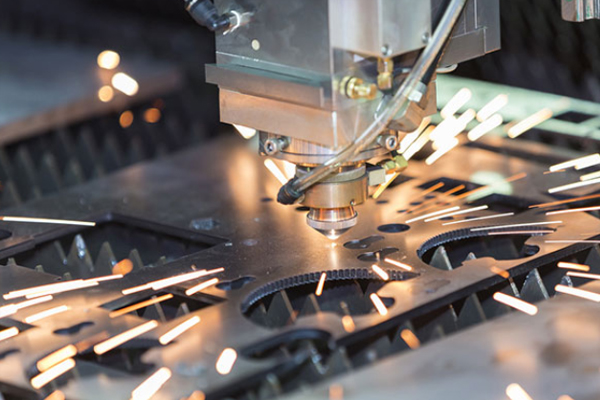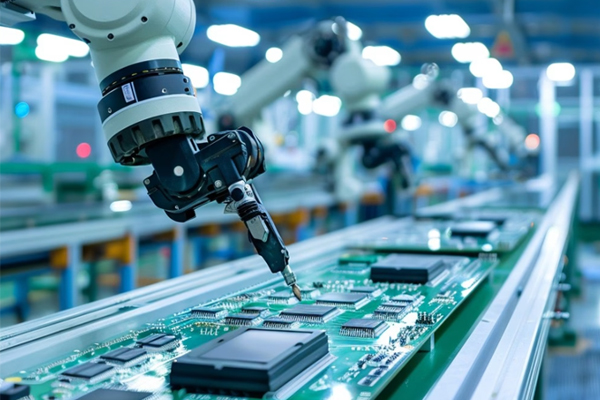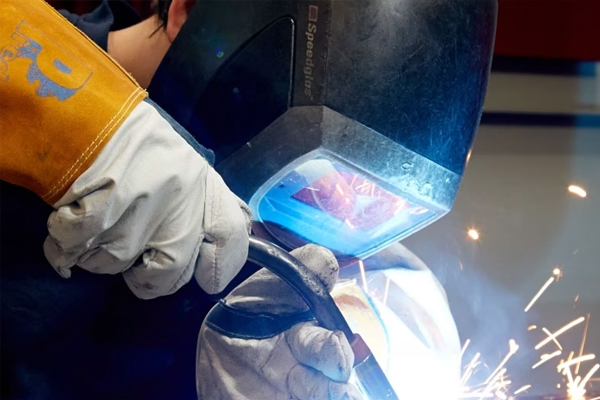Which custom metal fabrication techniques boost overall value?
From concept to delivery, this process is intended to yield more durable, high-quality results that demonstrate long-term value, whether that’s a small metal accessory or a large custom project.
In this blog, we give examples of custom fabrication techniques that produce high-quality products with long-lasting value.
Developing product design
The design process of every metal fabrication project is crucial as it determines how much value is added to the finished product. It’s important to modify and check the concept according to industry-specific standards or legislation, as well as select all necessary materials which will act as the building blocks for the finished product.
Using the latest CADCAM software, our skills and modern precision engineering design techniques, XFH is able to achieve design accuracy with every fabrication.
Cutting and forming
Before beginning the cutting process, the engineer will determine which technique is best suited to the form and thickness of each metal. For example, CNC punching and laser cutting processes play an important role in metal fabrication and are often the first process in the manufacturing journey.
CNC laser cutting is fantastic for brittle material fabrications or large sheet metals which require close attention, providing a precise, versatile and fast profiling solution in metal forming design. On the other hand, our CNC punch presses are programmed through CAD and RADAN software. Both ensure efficient cutting and formation of fabricated components.
Custom assembly and welding
Custom assembly and welding methods help to ensure each fabrication project meets industry requirements, which can be achieved through an expert sheet metal fabrication firm like XFH. We have the highest quality equipment and machinery, allowing us to ensure better value and quality parts with fast turnaround time!
For example, MIG and TIG are two types of robotic welding which use an electric arc to fuse metal components together. The main difference between the two is that MIG welding continuously fast feeds a spool of welding wire into the metal joint, while TIG welding uses large welding rods that are slowly fed into the weld.
Through autonomous intelligence, robotic welding increases efficiency and eases the assembly and welding process entirely.
Expert finishing adds more value
Finishing, which is ironically the final stage of the metal fabrication process, involves preparing metal products for future use. This process helps to build the metal’s resistance to corrosion by adding an extra layer of durability and makes the surface look its best!


 Previous Post
Previous Post




